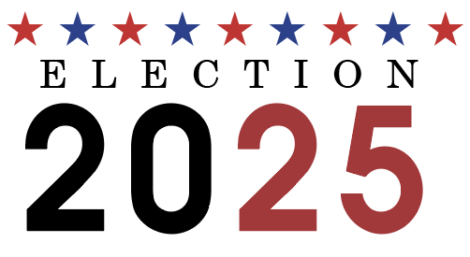Youngstown’s population drastically increased over the course of one year
This week in history
125 years ago in 1900, transcribed as originally published in the Youngstown Vindicator:
City’s size. It has increases wonderfully in one year – faster than ever – the present population being over 10,000 more than a year ago, or at least 62,162 – the last directory.
Youngstown’s official directory for 1900 is out, one of the first numbers issued reaching the Vindicator office this afternoon. The new edition is substantially bound and is the eleventh volume. In the introductory is the following statement:
‘It being so near the time for taking the Federal census we refrain from making an estimate of the population except to note the increase since out last issue, which is about 60 pages of names. This shows a remarkable growth during the past year and one seldom equaled in so short a time.
‘The publishers say that the pages average 42 names to the page. There the 592 pages devoted to names of individuals alone, making a total of 24,864 name. The rule generally adopted is 3½ persons to each name given, though some citizens adopt 5. Accepting 3½ as a just rule for an estimate or calculation Youngstown now has a population of 87,024. Some take a ratio of 2½. At that according the pages of names, the population of this city is 62, 162, whereas the population in 1899, as given in that year’s directory was 52,052, or an increase of 10,110 in one year.
‘The directory’s index includes that alphabetical list of names, business directory, city officers, county officers, distance table, fire department, incorporated companies, index to advertisements, justices of the peace of Mahoning County, miscellaneous societies, parochial schools, postal information, public buildings and halls, public schools, secret societies, street directory and ward boundaries.
‘The first name is that of Emil Aaron, a barber, of 534 Himrod Avenue and the last is Miss Marie Zum-Mallen, of 118 Berlin Street. The Mc’s take up about twenty-seven pages; there is over two pages of Morgans; nearly two pages of Morrises; a page and half of Allens; two pages or over of Andersons; over three pages of Browns; a page of Burkes with and without the final e; a page of Burnses; an even page of Carneys; two and a half of Clarkes; over a page of Collinses; almost a page of Conroys, which should be pleasing to the mayoralty ambition of Lawyer S. S. Conroy; five pages of Davies; over a page devoted to the name of Edwards, and the Evanses take up four pages; a page of Farraghers; over a page of Harrises; over a page devoted to Hughes; a page of Jacobses; about two of Jameses; over one of Jenkinses; three of Johnsons; over six of Joneses; over two and a half of Kellys; a little over two of Kennedys; almost one of Kings; over two of Morgans; nearly two of Morrises; one and a half of Murphyes; one of O’Briens; a page of O’Neils; over a page of Phillipses; nearly two of Prices; a page of Richards; about five of Smiths, not including the Schmidts nor Schmitts; page and a half of Sullivans; over a page of Taylors; about four and a half pages of Thomases; over two pages of Welshes, not including the Welches, or Walshes; five and a half of Williamses and one and a half of Wilsons; one and a half of Youngs.’
Compiled from the Youngstown Vindicator by Dante Bernard, Mahoning Valley Historical Society Museum educator.



